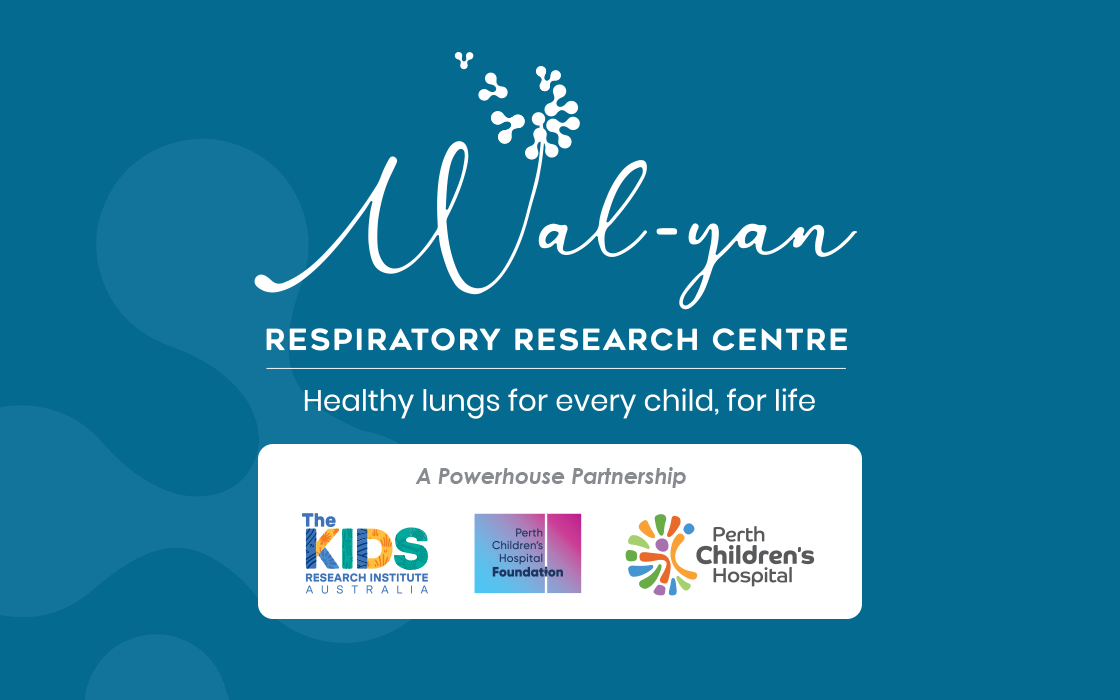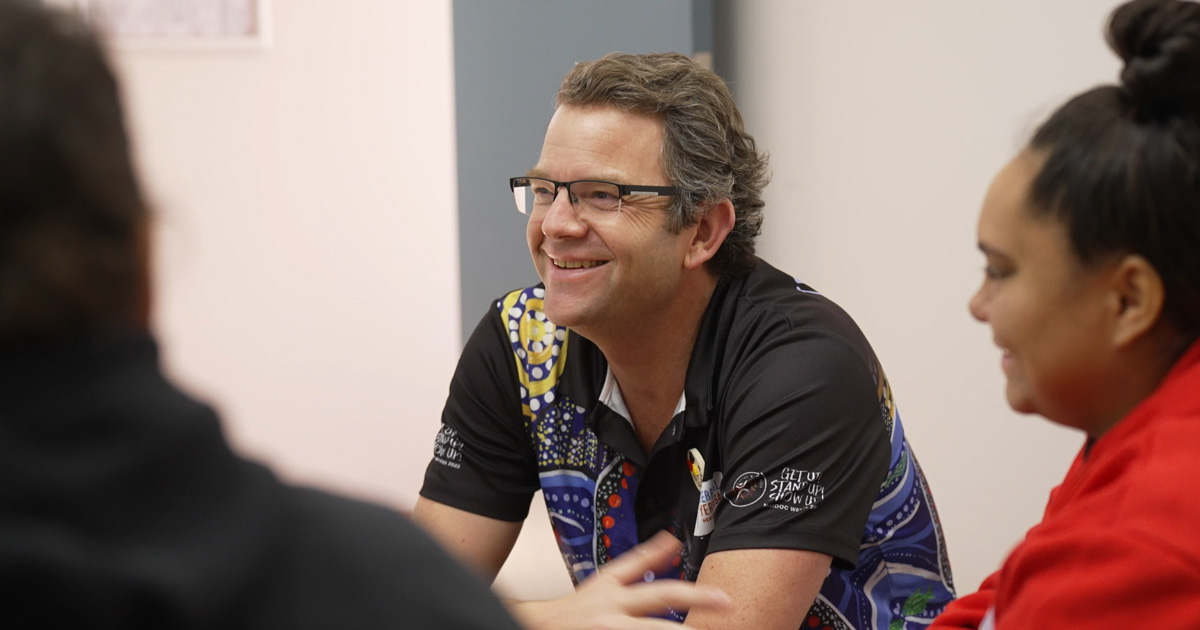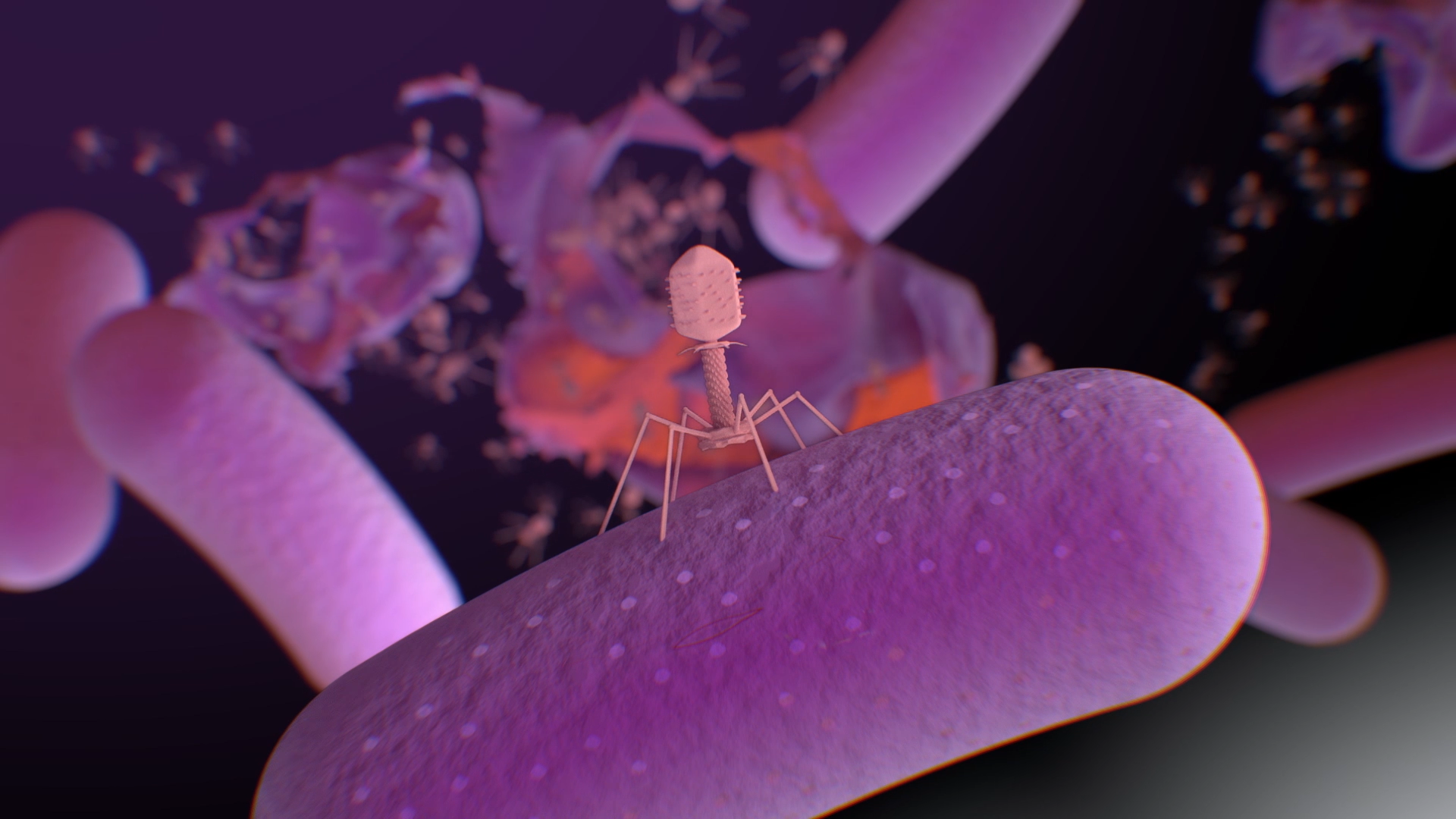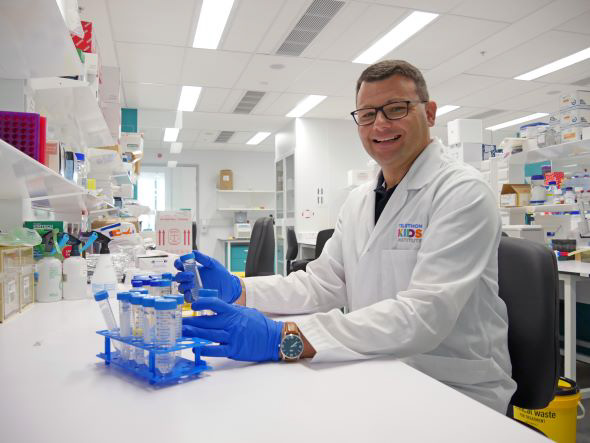Search

The Artificial Intelligence team at the Wal-yan Respiratory Research Centre is dedicated to delivering AI solutions for major challenges in respiratory healthcare and research.
Research
Does the reason matter? How student-reported reasons for school absence contribute to differences in achievement outcomes among 14–15 year oldsWe used data from the Longitudinal Study of Australian Children to examine the reasons for 14-15 year old absences and how they relate to outcomes in year 9.
Research
Family structure and childhood mental disorders: new findings from AustraliaThis report provides new evidence of the relationships between family structure and childhood mental disorders in an under-researched context, Australia
Research
Relationships between Psychosocial Resilience and Physical Health Status of Western Australian Urban Aboriginal YouthThe aim of this study was to investigate the extent to which factors previously documented as buffering the impact of high-risk family environments on...

Learn more about the Focus areas for the Wal-yan Respiratory Centre
Research
The effect of the social and physical environment on children's independent mobility to neighborhood destinationsRelationships between context-specific measures of the physical and social environment and children's independent mobility to neighborhood destination types...
Research
The role of family and maternal factors in childhood obesityThe aim of this study was to investigate the relationship between a child's weight and a broad range of family and maternal factors.

Please contact the team early (at the stage of project design and budgeting) to ensure the most appropriate physiological test is selected with adequate funding.

News & Events
Child health and obesity the focus of international built environment studyResearch data from more than one million Australian and Welsh children will be examined to help better understand how the built environment affects child health and obesity, as part of an international research project to be co-led by The Kids Research Institute Australia.

Derbarl Yerrigan Health Service (DYHS) has developed a holistic paediatric service unit anchored in primary health care and underpinned by care coordination provided by an experienced nurse and multi-disciplinary team.
Research
Adolescent peer aggression and its association with mental health and substance use in an Australian cohortProspective longitudinal birth cohort data was used to examine the association between peer aggression at 14yrs and mental health and substance use at 17yrs...
Research
Early mental health morbidity and later smoking at 17 years of ageWe examined the relationship between the onset and pattern of childhood mental health disorders and subsequent current smoking status at age 17 years.

We've compiled a number of helpful links to phage resources in Australia and beyond.
Research
Late-talking and risk for behavioral and emotional problems during childhood and adolescenceAlthough many toddlers with expressive vocabulary delay ("late talkers") present with age-appropriate language skills by the time they are of school age,...

News & Events
New study to find COVID-fighting properties in existing medications thanks to national grantNearly 50 existing prescription medications already used by Australians will be tested by new research in the fight against COVID’s mutant variants.

Formative research undertaken by The Kids Research Institute Australia has helped inform tough new laws introduced by the Federal Government to reduce the harm caused by vapes.
